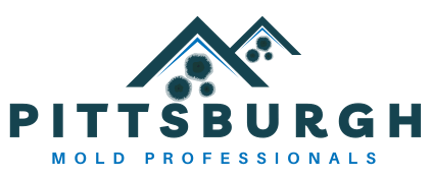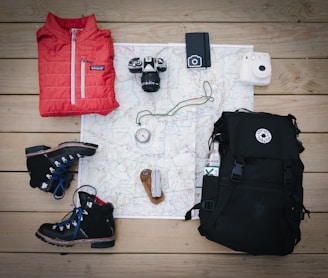
The Mold Cleaning Process
Your Pittsburgh Mold Remediation Solutions!
Expert Guide for Effective Mold Remediation in Pittsburgh, PA Mold growth is a persistent issue that can affect homes and businesses alike. Proper mold cleaning, especially in a region like Pittsburgh, PA, where climate conditions can encourage mold development, is essential for maintaining a safe and healthy environment. Understanding the mold remediation process is crucial for both homeowners and professionals. Here's a comprehensive guide to cleaning mold while keeping in mind the unique challenges of Pittsburgh:
1. Assessment and Inspection
Begin the mold remediation process with a thorough assessment. Identify areas affected by mold growth, the source of moisture, and the extent of the infestation. In a city like Pittsburgh, mold can thrive due to its humid climate. Target areas prone to moisture buildup, such as basements, attics, and bathrooms. Consider seeking professional assistance, especially for extensive mold issues.
2. Containment and Isolation
Containment is vital to prevent mold spores from spreading during the cleaning process. Establish isolation barriers using plastic sheets and tape. Utilize negative air pressure systems and air scrubbers equipped with HEPA filters to capture airborne spores. Isolation is particularly crucial in a densely populated area like Pittsburgh to prevent cross-contamination
3. Personal Protective Equipment (PPE)
Wearing proper PPE is essential to ensure your safety during mold cleaning. Utilize gloves, goggles, and N95 respirators to protect yourself from mold spores and mycotoxins that can pose health risks, especially in urban environments like Pittsburgh.
5. HEPA Vacuuming
6. Cleaning Non-Porous Surfaces
4. Removal of Contaminated Materials
Mold often infiltrates porous materials such as drywall, carpet, and insulation. In Pittsburgh, where older buildings can be susceptible, it's crucial to remove and replace these materials to prevent future growth. Seal contaminated materials in plastic bags to prevent spore dispersal and safely dispose of them following local regulations
10. Prevention Strategies
7. Disinfection
8. Drying and Dehumidification
Vacuum the cleaned area with a HEPA vacuum to capture residual mold spores. Vacuuming prevents spores from becoming airborne and recontaminating cleaned surfaces. Proper disposal of vacuum bags is crucial to prevent spore dissemination.
Non-porous surfaces can be cleaned using a detergent-water mixture. Scrub surfaces thoroughly and use appropriate cleaning agents to remove visible mold. Be cautious with abrasive cleaners that might damage surfaces, especially in historical areas in Pittsburgh where preserving architectural elements is crucial.
Utilize EPA-approved fungicides to disinfect cleaned surfaces. This step is essential for preventing mold regrowth. Given Pittsburgh's variable climate, disinfection helps create a hostile environment for mold spores to thrive.
In a humid city like Pittsburgh, proper drying is key. Use dehumidifiers and fans to ensure the area is thoroughly dried after cleaning. Fix any leaks or sources of moisture to prevent future mold growth, especially in areas with a history of humidity-related issues.
After cleaning, consider hiring a professional mold inspector to verify the effectiveness of the remediation. This step is crucial to ensure that mold levels are within acceptable limits, especially in regions like Pittsburgh where mold can be a persistent problem.
9. Post-Remediation Verification
To prevent mold from returning, implement preventive measures. Proper ventilation, maintaining indoor humidity below 45%, fixing leaks promptly, and regular maintenance of moisture-prone areas are key steps. These strategies are especially relevant in a city like Pittsburgh, where humidity can exacerbate mold growth.
Conclusion:
Cleaning mold, particularly in a city like Pittsburgh where climate conditions can contribute to mold growth, demands a systematic approach. From assessment and containment to disinfection and prevention, each step is crucial for successful mold remediation. In a region where historic buildings and humid weather intersect, understanding the mold cleaning process is vital for maintaining a mold-free and healthy environment. Whether tackling small household mold issues or extensive infestations, following a comprehensive mold cleaning process is essential for successful mold remediation in Pittsburgh, PA.





















